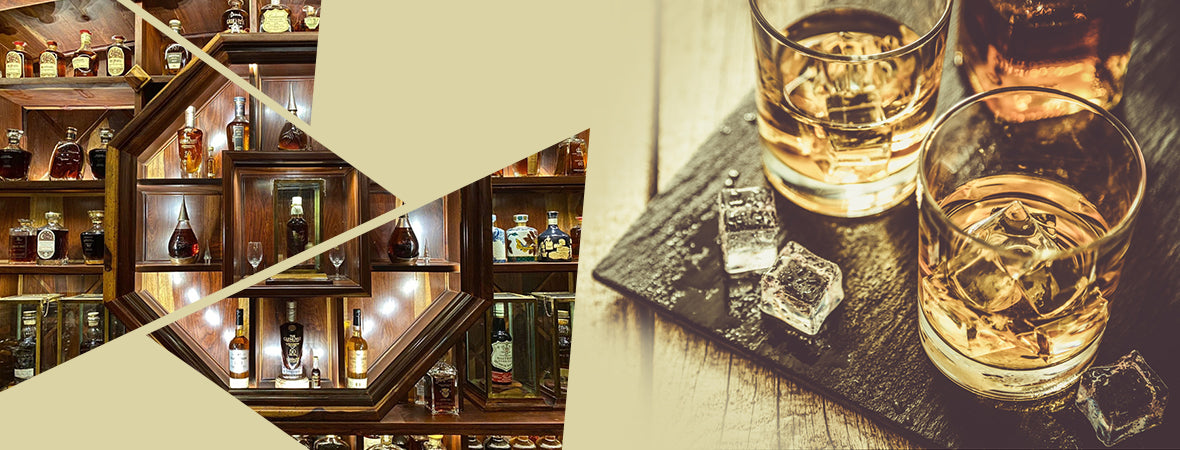Nothing in this world is perfect and wine is no different. The process of making wine is a long and delicate one that must be handled with care. Wine itself is a very delicate drink and a lot can go wrong even after the wine leaves the vineyard. From the vineyard to your glass one little slip up could cause the wine’s taste to be changed or even undrinkable. These are wine flaws, small things that can happen before you drink your wine that can change the flavor, texture and color of the wine. So far most of the different varieties of wine flaws are very controversial but if you know the different types of flaws and know what to look for, than with that knowledge your wine could be saved or you could at least get a refund. Now all these flaws are different for each individual, some may notice the difference while others do not; this is why wine flaws are controversial.
Unbalance wine, expert winemakers strive to produce a balance and delicious wine; a good wine is a balanced wine, this means that none of the wines elements stick out or covers the other elements. Generally speaking for red wines the primary elements desirable is the balance in fruits, tannins, and acidity. Since whites generally lack tannins, this is an element of wine that is not a part of the balance. So how can a winemaker achieve a balanced wine? Well in the big picture everything that the winemaker does in producing the wine can affect the wine from being balanced but an important part of this process in the ageing of the wine. Most fine wines cannot become balanced if they do not benefit from a certain number of years of bottle age. Even though a balanced wine is very hard to achieve, depending on the winemakers resources, an unbalanced wine can be categorized as a flaw. So the first flaw in wine is being an unbalanced wine, whether that is from an unbalanced taste of the flavor, or the level of alcohol content masking the elements of the wine.
Oxygen, it is much needed during the fermentation process of the wine and the ageing process in the barrels but, it is still an enemy to everyone in the wine world. Too much oxygen can cause the wine to become spoiled. If a wine is exposed to too much oxygen, for whatever reason, that wine becomes an oxidized wine. Oxidized wines will sometimes have an unmistakable note of dark earth such as mushrooms. Oxidized wine is very difficult to avoid, the most common scenario of oxidized wine is when drinking it from the glass, and although many bartenders and wine personnel’s do everything they can to keep a bottle alive it is practically impossible after several days of opening the bottle. Once a bottle is opened it is in threat of becoming oxidized.
Cooked, when a wine is “cooked” it means that the wine has been exposed to heat for a long time, or a strong amount of heat for a short time. Cooked wines are sometimes a bit more difficult to identify, because there are different levels to how damaged the wine can become from being cooked. At its worst kind a cooked wine can be compared to eating a canned fruit instead of a fresh fruit. A cooked wine can have the aromas of something dull or stewed but it can also smell sweet like caramel, the smell of a cooked wine is generally a smell of something that has been slow cooked. Cooked wines will generally also lack in fruit and an imbalance of flavor and alcohol content. Some wines, that are not extremely old vintages, will also sometime show an amber or brownish edge to the color of the wine. What heat does is it ages the wine, if the bottle is left in a certain location that absorbs heat then that wine can become aged beyond the drinkable age very quickly, or if left in a room temperature area for a long time, that too could cause slow damage to the wine. It is important to keep the wine at its proper wine temperature in order to preserve the fineness of the wine.
Experiencing a “corked” wine is very common in the wine world and is said to public enemy number one. This condition is also known as cork taint; it is when a microbial fungus, which usually comes from the environment, finds its way into the cork. The fungus is known as TCA or trichloroanisole in chemical terms. The fungus contaminates the cork and taints the wine, however due to new research the cork is not the only possible host for this flaw, Other factors such as the barrel or other storage conditions are also responsible for this taint, although the most common is from the cork. Corked wines have very strong characteristics such as the odor of the wine can be described as moldy newspaper, damp cloth or even a wet dog. In most cases of Corked Wine the smell is what changes the most; it becomes very potent but is harmless.
Brettanomyces, also known as Brett, is a very controversial flaw because some wine makers say “A little” Brett is a good thing in a wine. Brett is the spoilage yeast that can be introduced into the wine in multiplies ways. Some winemakers make it a part of the wine because it produces several compounds that can alter the palate. At low levels, winemakers agree that the presence of Brett has a positive effect on the wine. Brett wines can also happen because of cork taint. Brett wines can range in flavor and odors; it can produce a funk like flavor that can be described as sweat, body odor, a sweaty saddle or barnyard. And even though some say a little Brett is good, Brettanomyces is very difficult to control once it starts to spread. The yeast can grow anywhere in the vineyards, in the hoses, pipes, tanks, barrels and in other places of the home or vineyard.
Although these are just some of the few flaws, there are many more that can get very detailed, some relating to chemical reactions in the wine such as the SO2 flaw and others as simple as leaving the wine in the wrong place at the wrong time. Regardless, wines are very delicate and can become flawed in many ways, but that can also be avoided as well. Knowing what to look for is generally the key factor to know if you have a flawed or balanced wine and that could save you a lot of money when purchasing wines.





